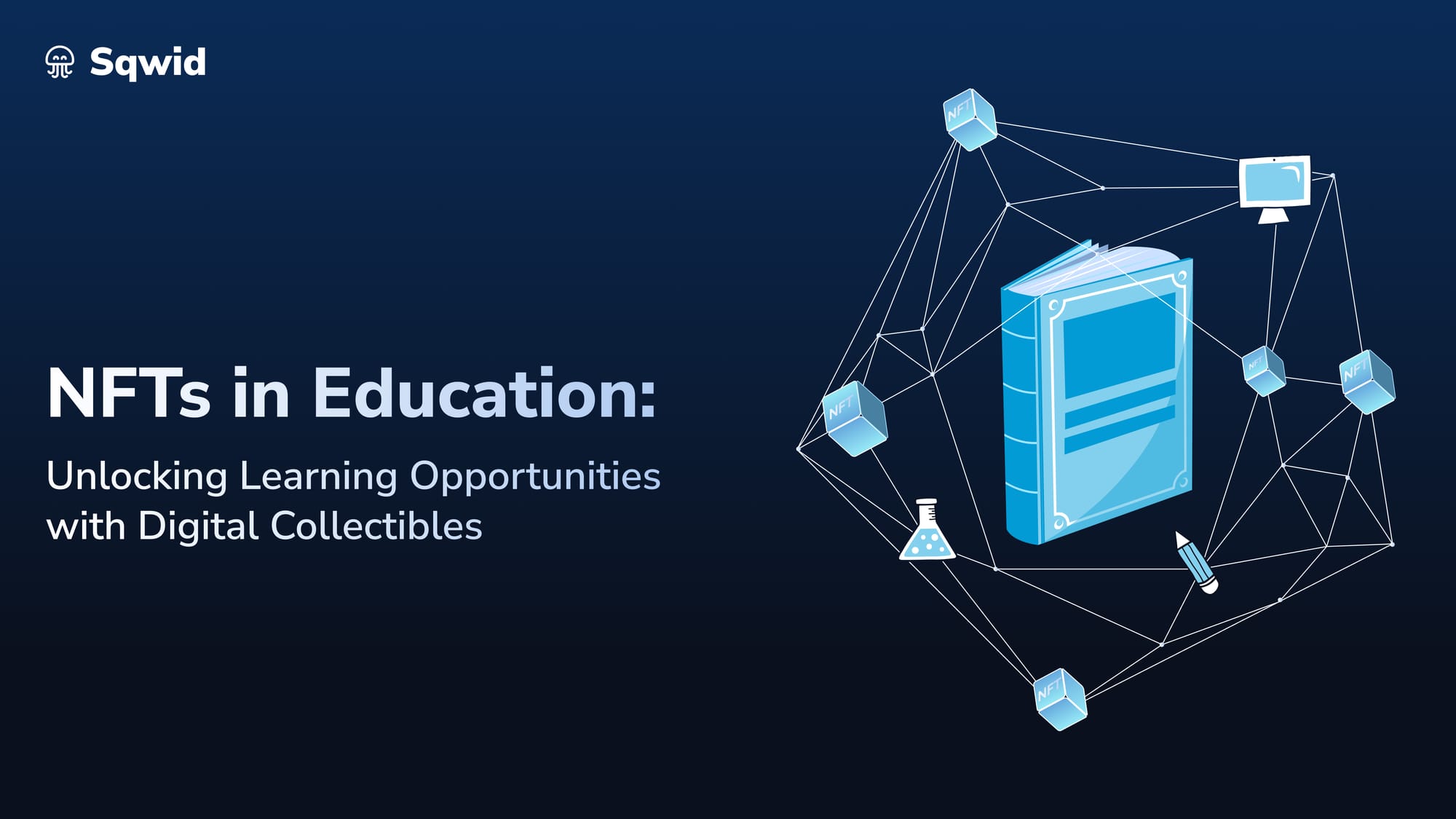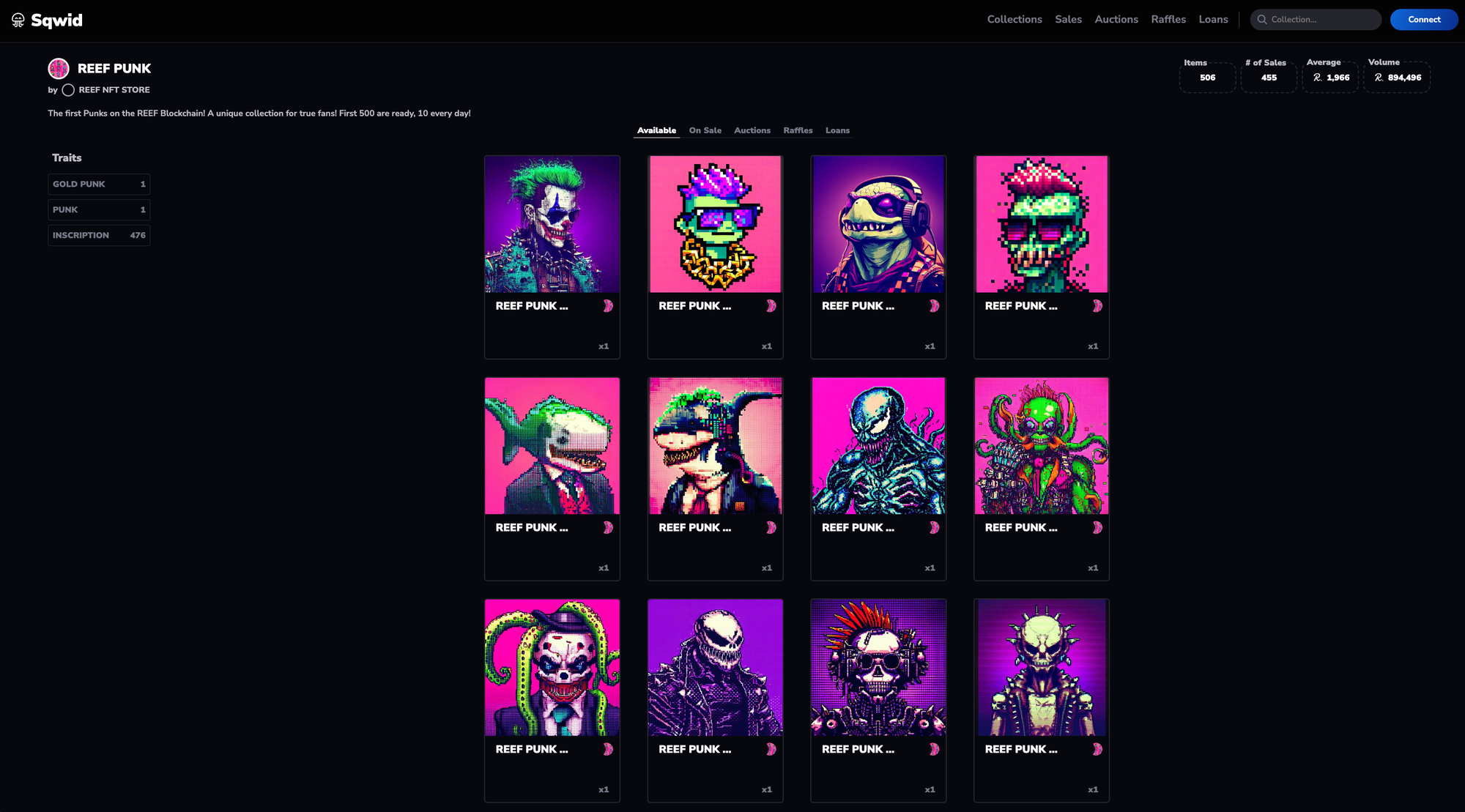NFTs in Education: Unlocking Learning Opportunities with Digital Collectibles

n recent years, Non-Fungible Tokens (NFTs) have emerged as a groundbreaking technology, revolutionizing industries from art and entertainment to finance. But one domain where NFTs hold immense potential, though less explored, is education. These digital assets, often associated with artwork or rare collectibles, can unlock new learning opportunities, foster engagement, and create innovative educational models.
In this blog post, we’ll dive into how NFTs can be used in education, explore their benefits, and examine how they might shape the future of learning.
What Are NFTs?

To understand how NFTs can be applied to education, it’s important to clarify what they are. An NFT is a unique digital asset verified using blockchain technology. Unlike cryptocurrencies such as Bitcoin or Ethereum, which are interchangeable, NFTs are one-of-a-kind and often linked to digital files, like art, music, videos, or other forms of digital content. Ownership of an NFT is recorded on a decentralized blockchain, ensuring authenticity, ownership, and scarcity.
How Can NFTs Be Used in Education?
Here are several ways NFTs can create innovative learning experiences:
1. Digital Certification and Credentials

One of the most promising applications of NFTs in education is the issuance of digital credentials. Traditional certifications, diplomas, and transcripts are often cumbersome to manage, validate, and verify. NFTs offer a more secure, verifiable, and tamper-proof solution.
- Verifiable Diplomas: Universities and institutions can issue diplomas as NFTs, allowing students to easily share verifiable proof of their academic achievements with employers or other institutions.
- Badges and Micro-Credentials: NFTs can be used to reward students for completing short courses, earning specific skills, or participating in extracurricular activities. These digital badges can be collected and displayed in a digital portfolio, creating a more dynamic and detailed academic profile.
2. Ownership of Learning Materials

With NFTs, educators can tokenize course materials, textbooks, or even lecture videos. Instead of relying on traditional textbook publishing models, where students have no resale value or ownership, NFT-based textbooks could be resold, and ownership could transfer in a way that benefits both the original author and the current user. This could democratize access to learning materials, making them more affordable.
Moreover, students could receive unique, collectible digital content—such as illustrations, explanations, or learning tools—associated with specific lessons or subjects, making learning more engaging.
3. Gamification of Education

Gamification is a powerful tool for increasing student engagement, and NFTs add a new dimension to this process. Imagine a classroom where students can earn NFT-based rewards for achieving milestones, completing assignments, or contributing to class discussions.
- Educational NFTs: These digital tokens can be integrated into educational apps, where students collect rare tokens, trade, or showcase them in a virtual classroom.
- Incentive for Learning: Students can be motivated through a system where achieving top scores or mastering difficult topics earns them valuable, tradable NFTs. This can make the learning process more rewarding and fun.
4. Student-Created Content

NFTs also provide opportunities for student creativity and expression. Students can create their own digital content—whether it’s art, music, essays, or videos—and mint them as NFTs. These tokens can be showcased in school exhibitions, traded with peers, or even sold in global NFT marketplaces. This approach fosters creative thinking and entrepreneurial skills among students.
5. Funding Education through NFTs

NFTs can also provide a unique avenue for fundraising in education. Schools, universities, and other educational institutions can mint NFTs linked to fundraising initiatives. For instance, limited edition NFTs can be created to commemorate specific events, milestones, or achievements, with proceeds going toward scholarships, school resources, or community programs.
This model provides a novel way to engage alumni, parents, and donors while allowing them to own a piece of digital history tied to their educational experiences.
Benefits of NFTs in Education

1. Transparency and Security: NFTs provide an immutable record of ownership and achievements, offering transparent, tamper-proof proof of credentials and intellectual property.
2. Personalized Learning Journeys: Through NFTs, students can curate a unique portfolio of their academic achievements, skills, and creative work, which can serve as a living record of their educational journey.
3. Engagement and Motivation: The gamified nature of NFTs can drive higher student participation and motivation by rewarding learning achievements in ways that feel tangible and valuable.
4. Monetization of Intellectual Property: Both educators and students can benefit from the sale or resale of NFTs linked to original educational content or creative works, introducing new revenue streams for educators and students alike.
Challenges to Consider

While NFTs offer exciting possibilities, there are still challenges to address before their widespread adoption in education:
- Environmental Concerns: Blockchain technology, especially proof-of-work blockchains like Ethereum, have been criticized for their environmental impact. However, many blockchain networks are shifting to more energy-efficient models, such as proof-of-stake.
- Accessibility and Digital Divide: Not all students have the same access to digital technology or understand blockchain systems, so equity concerns need to be addressed.
- Scalability and Cost: The process of minting NFTs can involve fees, which may present challenges for widespread use in educational settings unless the costs are reduced.
A New Frontier for Education

As the education landscape evolves, the integration of NFTs opens up new possibilities for how students learn, engage, and demonstrate their achievements. From verifiable credentials and gamified learning to ownership of digital content and funding initiatives, NFTs offer innovative solutions that could reshape the traditional educational model.
While there are still challenges to overcome, the potential of NFTs in education is undeniable. As technology and adoption advance, we may see a future where digital collectibles play a key role in unlocking learning opportunities and making education more personalized, accessible, and dynamic.
Sqwid App (Sqwid)
Sqwid is an advanced NFT marketplace with an attractive UI and some radically distinctive features like loans against NFTs, support for files up to 100 MB, using IPFS for file storage, the lowest commissions, custom royalty splits, and more! With such features, Sqwid is highly competitive against many popular NFT marketplaces.
Website | X | Telegram
Reef Chain
Reef is an EVM-first blockchain designed to make Web3 accessible for the next billion users. Reef offers high scalability, affordable transactions and utilizes Nominated Proof of Stake, extensible EVM, and on-chain upgradability. Reef is the future blockchain for NFTs, DeFi, and gaming. It can easily accommodate the needs of the future of Web3 development. Reef is an ideal blend of old and new, a trait that makes it eternal and timeless. 🐠 Making Web3 accessible to the next billion users!
Website | Instagram | X | YouTube | Telegram | Discord | Reddit
